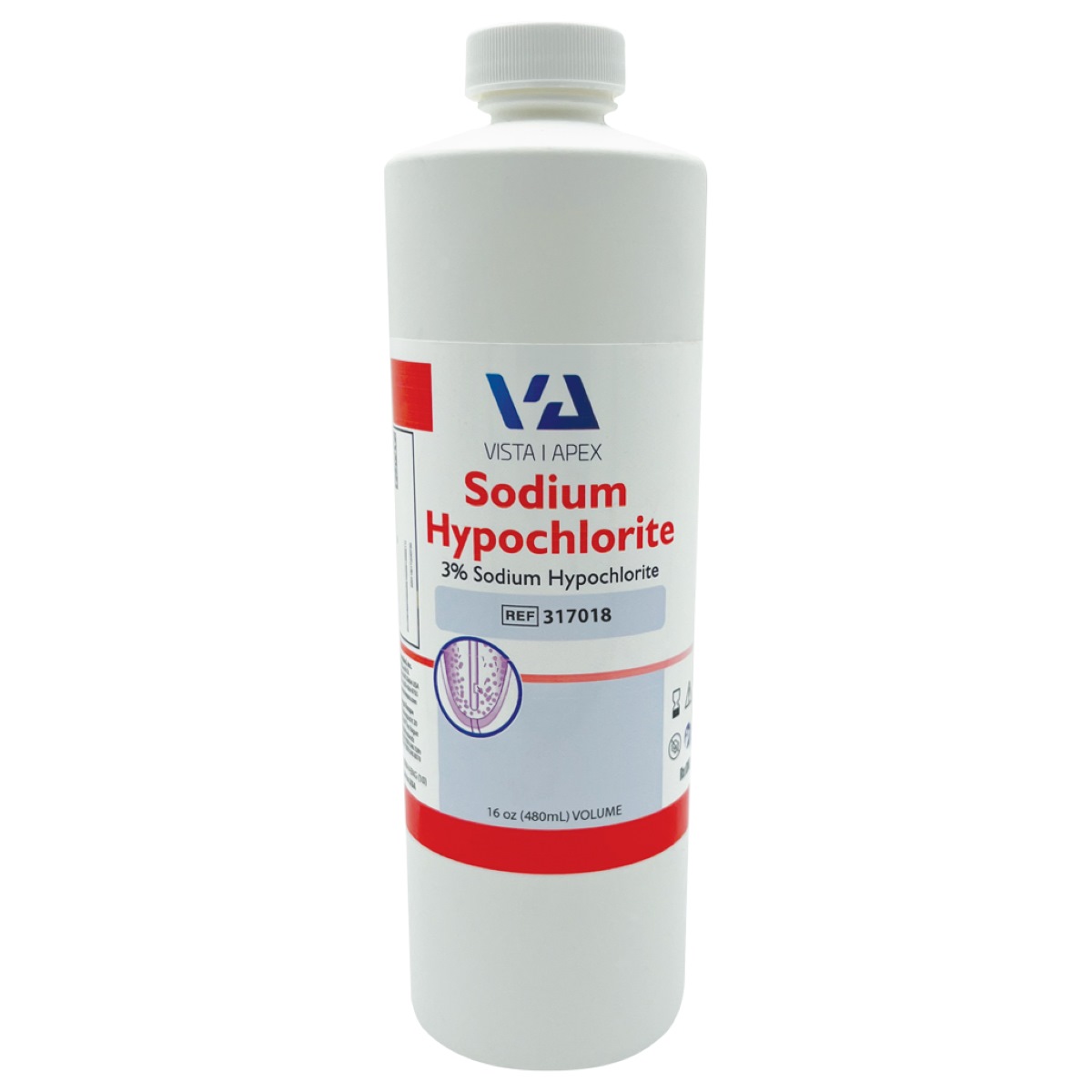

Articles
How To Store Sodium Hypochlorite
Modified: December 7, 2023
Learn the best practices for storing sodium hypochlorite in this informative article. Keep your supplies safe and effective with our expert tips.
(Many of the links in this article redirect to a specific reviewed product. Your purchase of these products through affiliate links helps to generate commission for Storables.com, at no extra cost. Learn more)
Introduction
Sodium Hypochlorite is a commonly used chemical compound that possesses strong disinfecting and oxidizing properties. It is widely used in various industries, including water treatment, household cleaning, and sanitation. Proper storage of sodium hypochlorite is crucial to ensure its stability and integrity, as well as to maintain safety standards.
In this article, we will provide you with a comprehensive guide on how to properly store sodium hypochlorite to maximize its effectiveness and minimize potential hazards. We will discuss safety considerations, suitable containers for storage, proper ventilation, temperature control, avoiding sunlight exposure, handling and transportation, labeling and identification, storage location, emergency preparedness, and proper disposal of sodium hypochlorite.
By following these guidelines, you will not only keep yourself and others safe but also maintain the quality and efficacy of sodium hypochlorite for its intended use.
Key Takeaways:
- Prioritize safety when storing sodium hypochlorite by using appropriate PPE, selecting suitable containers, and ensuring proper ventilation to minimize risks and maintain effectiveness.
- Properly dispose of sodium hypochlorite following local regulations to protect the environment and human health, considering neutralization and contacting waste disposal services when necessary.
Read more: How To Store Sodium Hydroxide
Safety Considerations
When handling and storing sodium hypochlorite, it is crucial to prioritize safety to prevent accidents and minimize potential risks. Here are some important safety considerations to keep in mind:
- Wear appropriate personal protective equipment (PPE) such as gloves, goggles, and protective clothing when handling sodium hypochlorite to protect yourself from chemical exposure.
- Avoid direct contact with skin and eyes. In case of accidental contact, immediately rinse the affected area with plenty of water and seek medical attention if necessary.
- Keep sodium hypochlorite away from heat sources, open flames, and sparks, as it can react with combustible materials and lead to fire or explosions.
- Store sodium hypochlorite in a well-ventilated area to prevent the accumulation of hazardous fumes. Avoid confined spaces without proper ventilation.
- Avoid mixing sodium hypochlorite with other chemicals unless specified by the manufacturer. This can lead to chemical reactions and the release of toxic gases.
- Keep sodium hypochlorite out of reach of children and unauthorized personnel. Store it in a secure location that is inaccessible to the general public.
- Regularly inspect the storage area for any signs of leaks, spills, or damage to containers. If any issues are identified, take immediate actions to address them and ensure containment.
By following these safety considerations, you can significantly reduce the risk of accidents and ensure the safe handling and storage of sodium hypochlorite.
Suitable Containers for Storage
Choosing the right containers for storing sodium hypochlorite is essential to ensure its stability and prevent any leaks or spills. Here are some guidelines for selecting suitable containers:
- Use containers made of high-density polyethylene (HDPE) or polyvinyl chloride (PVC). These materials are known for their chemical resistance and compatibility with sodium hypochlorite.
- Avoid using containers made of materials such as glass or metal, as sodium hypochlorite can react with these materials and compromise its effectiveness.
- Ensure that the containers are clean, dry, and free from any residues or contaminants before filling them with sodium hypochlorite.
- Choose containers that are specifically designed for chemical storage and have robust sealing mechanisms to prevent leaks and spills.
- Consider using containers with built-in venting mechanisms or pressure relief valves to allow the release of gas buildup and prevent container ruptures.
- Label the containers with the appropriate markings, including the name of the chemical, hazard warnings, and storage information.
- Store the containers in an upright position to prevent accidental spills and leaks.
- Regularly inspect the containers for any signs of deterioration, such as cracks or deformation, and replace them if necessary.
By selecting suitable containers for storing sodium hypochlorite and properly maintaining them, you can ensure the integrity and longevity of the chemical while reducing the risk of accidents and environmental contamination.
Proper Ventilation
Proper ventilation is essential when storing sodium hypochlorite to minimize the accumulation of hazardous fumes and ensure a safe storage environment. Here’s why ventilation is important and how to achieve it:
Sodium hypochlorite can release chlorine gas, especially when exposed to heat or sunlight. Chlorine gas is toxic and can cause respiratory issues and other health hazards. Adequate ventilation helps to disperse any gas buildup and maintain a safe concentration level.
Here are some key considerations for achieving proper ventilation when storing sodium hypochlorite:
- Store sodium hypochlorite in a well-ventilated area with good air circulation. Avoid storing it in confined spaces without ventilation.
- If storing sodium hypochlorite indoors, ensure that the storage area is equipped with vents or exhaust fans to facilitate air exchange.
- Keep windows and doors open, if possible, to allow fresh air to flow into the storage area, reducing the concentration of chlorine gas.
- Avoid storing sodium hypochlorite near air intakes, as it could potentially contaminate the air circulating within a building.
- Ensure that ventilation systems are in proper working condition and regularly maintained to prevent any blockages or malfunctions.
Regularly monitor the storage area for any unusual odors or signs of increased gas buildup. If you detect a strong smell of chlorine or suspect inadequate ventilation, take precautionary measures, such as evacuating the area and seeking professional assistance.
By ensuring proper ventilation in the storage area, you can minimize the risk of chlorine gas buildup and create a safer environment for storing sodium hypochlorite.
Temperature Control
Proper temperature control is crucial when storing sodium hypochlorite to maintain its stability and effectiveness. Here are some important factors to consider for temperature control:
- Store sodium hypochlorite in a cool and dry area away from direct sunlight. Exposure to heat and sunlight can accelerate the decomposition of sodium hypochlorite.
- Avoid storing sodium hypochlorite in areas with extreme temperatures, as both high heat and freezing temperatures can negatively affect its quality.
- Ensure that the storage area is well-insulated to regulate temperature fluctuations and prevent exposure to extreme heat or cold.
- Consider using a temperature-controlled storage unit or cabinet, especially if storing large quantities of sodium hypochlorite.
- If the storage area is not temperature-controlled, regularly monitor the ambient temperature and take necessary precautions to prevent fluctuations.
Sodium hypochlorite solutions are most stable when stored at temperatures between 10°C and 25°C (50°F and 77°F). Temperature extremes can cause the decomposition of sodium hypochlorite, reducing its effectiveness as a disinfectant or oxidizing agent.
It’s important to note that storing sodium hypochlorite at higher temperatures can accelerate the production of chlorine gas, which poses health and safety risks. Additionally, freezing temperatures can lead to the formation of crystals or a reduced concentration of the solution.
By maintaining proper temperature control during storage, you can ensure the longevity and effectiveness of sodium hypochlorite while minimizing potential hazards.
Read more: Why Does A Sodium Street Lamp Glow
Avoiding Sunlight Exposure
Avoiding sunlight exposure is crucial when storing sodium hypochlorite to maintain its stability and prevent the degradation of the chemical compound. Here’s why sunlight exposure should be avoided and how to protect sodium hypochlorite:
Sodium hypochlorite is sensitive to sunlight, specifically to ultraviolet (UV) radiation. When exposed to sunlight, the UV rays can break down the sodium hypochlorite, resulting in the loss of its disinfecting and oxidizing properties.
Here are some important considerations to protect sodium hypochlorite from sunlight exposure:
- Store sodium hypochlorite containers in a dark or shaded area away from direct sunlight. Use opaque containers or cover the containers with a light-blocking material.
- Avoid placing sodium hypochlorite near windows or other sources of direct sunlight. Sunlight exposure through windows can still harm sodium hypochlorite, even if the containers are not directly in the sunlight.
- Keep sodium hypochlorite stored in a cool and dry location. Higher temperatures resulting from sunlight exposure can accelerate the decomposition of the chemical.
- Regularly inspect the storage area and containers for any signs of sunlight exposure or damage. If any containers show discoloration or degradation, transfer the sodium hypochlorite to a new container.
Proper protection from sunlight exposure will help maintain the quality and effectiveness of sodium hypochlorite. It’s important to remember that even minimal exposure to sunlight over time can lead to the degradation of the chemical compound and reduce its disinfecting capabilities.
By taking precautions to avoid sunlight exposure during storage, you can ensure that sodium hypochlorite remains stable and effective until it is ready for use.
Store sodium hypochlorite in a cool, dry, well-ventilated area away from direct sunlight and sources of heat. Keep it tightly sealed in its original container and away from incompatible materials.
Handling and Transportation
Proper handling and transportation of sodium hypochlorite are essential to ensure the safety of individuals involved and to prevent accidents or spills. Here are some important guidelines to follow:
- Always wear appropriate personal protective equipment (PPE) when handling sodium hypochlorite, including gloves, goggles, and protective clothing. This will protect you from potential chemical exposure.
- Avoid direct contact with sodium hypochlorite. If accidental contact occurs, immediately rinse the affected area with plenty of water and seek medical attention if necessary.
- When transporting sodium hypochlorite, securely seal the containers to prevent leaks or spills. Use containers specifically designed for chemical transportation and ensure they are in good condition.
- Ensure that sodium hypochlorite containers are properly labeled with appropriate markings, including the name of the chemical, hazard warnings, and storage information. This will help identify and handle the chemical correctly.
- Avoid transporting sodium hypochlorite with other chemicals or incompatible substances. Mixing sodium hypochlorite with other substances can result in hazardous reactions or releases of toxic gases.
- During transportation, keep sodium hypochlorite containers upright and secure to prevent tipping or damage. Use appropriate restraints to prevent the containers from shifting.
- Follow any regulations or guidelines provided by local authorities or transportation authorities regarding the handling and transportation of sodium hypochlorite.
If an accident or spill occurs during handling or transport, immediately take appropriate measures to contain the spill and minimize any potential environmental impact. Consult the relevant authorities or emergency response teams for assistance if needed.
By following proper handling and transportation protocols, you can ensure the safe movement and transfer of sodium hypochlorite while minimizing risks to personnel and the environment.
Labeling and Identification
Proper labeling and identification of sodium hypochlorite containers are essential for ensuring safety and facilitating proper handling and storage. Clear and visible labels help to communicate important information about the chemical and its potential hazards. Here are some key considerations for labeling and identifying sodium hypochlorite:
- Use labels that include the name of the chemical (“Sodium Hypochlorite”), as well as any other relevant identifiers or codes.
- Include hazard warnings, such as “Corrosive,” “Toxic,” or “Harmful,” to alert individuals to the potential risks associated with sodium hypochlorite.
- Label containers with appropriate safety symbols or pictograms, following internationally recognized hazard communication systems, such as the GHS (Globally Harmonized System).
- Include information about the concentration of sodium hypochlorite in the container, as different concentrations may require different handling procedures.
- Indicate any special storage requirements, such as temperature or ventilation considerations.
- Include emergency contact information, such as the name and phone number of the responsible party or the local emergency response hotline.
- For larger facilities or storage areas, consider using signage to clearly indicate the location of sodium hypochlorite storage and highlight any specific safety precautions.
Regularly inspect the labels on sodium hypochlorite containers to ensure they are clearly legible and not damaged or faded. Replace any worn-out or illegible labels promptly to maintain clear identification of the chemical.
By properly labeling and identifying sodium hypochlorite containers, you can help ensure proper handling, storage, and emergency response, thereby minimizing potential risks and enhancing overall safety.
Storage Location
Choosing the right storage location for sodium hypochlorite is crucial to ensure its stability and prevent accidents or chemical reactions. Here are some key considerations when selecting a storage location:
- Select a cool and dry area for storing sodium hypochlorite. Excessive heat and moisture can accelerate the decomposition of the chemical and compromise its efficacy.
- Avoid storage areas that are prone to temperature fluctuations or extreme temperatures, as they can negatively impact the stability of sodium hypochlorite.
- Choose a well-ventilated space to minimize the accumulation of hazardous fumes and ensure proper air circulation.
- Keep sodium hypochlorite away from direct sunlight or other sources of UV radiation, as sunlight exposure can degrade the chemical and reduce its effectiveness.
- Ensure that the storage area is isolated and secure, preventing unauthorized access and reducing the risk of accidents or spills.
- Store sodium hypochlorite away from incompatible substances, including acids, ammonia, or flammable materials, to avoid potential chemical reactions.
- Consider using secondary containment systems, such as spill containment pallets or trays, to contain any leaks or spills and minimize their impact on the surrounding environment.
- Maintain a clear and organized storage area, with proper labeling and signage to easily identify sodium hypochlorite and any associated hazards.
It’s important to regularly inspect the storage area for any signs of leaks, spills, or damages to containers. Conduct routine checks to ensure the integrity of storage containers and address any issues promptly.
By choosing an appropriate storage location for sodium hypochlorite and implementing proper measures, you can maintain the stability and safety of the chemical while reducing the risk of accidents or chemical reactions.
Emergency Preparedness
Being prepared for emergencies involving sodium hypochlorite is essential to ensure the safety of individuals and to minimize the impact of any accidents or incidents. Here are some important steps to take for emergency preparedness:
- Develop an emergency response plan specific to sodium hypochlorite storage. This plan should outline the necessary actions to be taken in case of spills, leaks, or other emergencies.
- Ensure that all personnel who handle or are exposed to sodium hypochlorite are trained in emergency procedures and are familiar with the emergency response plan.
- Designate individuals responsible for implementing the emergency response plan and ensuring the safety of others in the event of an emergency.
- Keep appropriate emergency response equipment readily accessible near the storage area, such as spill kits, neutralizing agents, personal protective equipment (PPE), and emergency eyewash and shower stations.
- Regularly inspect and maintain emergency equipment to ensure it is in good working condition and readily available when needed.
- Establish clear communication protocols for reporting emergencies and notifying the appropriate authorities, whether internal or external, such as emergency response teams or local hazardous materials response teams.
- Post emergency contact numbers and other relevant information in a visible location near the storage area.
- Periodically conduct drills and exercises to test the effectiveness of the emergency response plan and identify any areas for improvement.
- Stay up-to-date with regulations and guidelines regarding the handling, storage, and emergency response to sodium hypochlorite, as they may vary depending on local, state, or national regulations.
By being well-prepared for emergencies involving sodium hypochlorite, you can ensure a prompt and effective response, mitigating potential risks and ensuring the safety of individuals and the environment.
Proper Disposal of Sodium Hypochlorite
Proper disposal of sodium hypochlorite is crucial to prevent environmental contamination and minimize any potential hazards to human health. Here are some important guidelines for the proper disposal of sodium hypochlorite:
- Consult local regulations and guidelines regarding the disposal of sodium hypochlorite, as specific requirements may vary based on location.
- Do not pour sodium hypochlorite down drains, sinks, or toilets, as it can harm the plumbing system and contaminate water sources.
- Do not mix sodium hypochlorite with other chemicals or substances, as this can lead to hazardous reactions or releases of toxic gases. Follow the manufacturer’s recommendations for disposal.
- Neutralize sodium hypochlorite by adding a reducing agent, such as sodium bisulfite or sodium metabisulfite, to convert it into a non-hazardous substance. Follow the appropriate ratios and precautions provided for neutralization.
- Once neutralized, sodium hypochlorite can often be safely disposed of as non-hazardous waste according to local regulations. Place it in a properly labeled container and follow the prescribed disposal methods, such as recycling or landfill.
- If the sodium hypochlorite is still active and cannot be neutralized, contact local authorities or waste management facilities to determine the appropriate disposal method.
- Consider alternative options for disposal, such as contacting a licensed hazardous waste disposal service, especially if disposing of large quantities of sodium hypochlorite or if it is classified as hazardous waste.
- Keep records of sodium hypochlorite disposal, including dates, quantities, and disposal methods, to maintain compliance with regulations and for future reference.
Proper disposal of sodium hypochlorite is essential to protect the environment and human health. It is important to follow local regulations and guidelines to ensure safe and responsible disposal.
Conclusion
Proper storage of sodium hypochlorite is essential for maintaining its stability, effectiveness, and safety. By following the guidelines outlined in this article, you can ensure the optimal storage conditions for sodium hypochlorite, minimize potential hazards, and maximize its shelf life. Safety considerations, suitable containers, proper ventilation, temperature control, avoiding sunlight exposure, careful handling and transportation, labeling and identification, storage location, emergency preparedness, and proper disposal are all integral aspects of sodium hypochlorite storage.
When handling and storing sodium hypochlorite, it is crucial to prioritize safety precautions, such as using appropriate personal protective equipment, avoiding direct contact, and ensuring proper ventilation. Selecting suitable containers made of compatible materials, maintaining proper temperature control, and protecting sodium hypochlorite from sunlight exposure are vital for its stability. Proper labeling and identification of containers facilitate safe handling and emergency response. Additionally, choosing an appropriate storage location and being prepared for emergencies through an emergency response plan and adequate equipment are critical.
Last but not least, the proper disposal of sodium hypochlorite is essential to prevent environmental contamination. Follow local regulations and guidelines to ensure safe and responsible disposal, considering options such as neutralization and contacting licensed waste disposal services, when necessary.
By implementing these best practices, you can ensure the safe storage of sodium hypochlorite, maintain its quality and efficacy, and minimize the risk of accidents or harm to individuals and the environment. Prioritizing safety and responsible storage practices will contribute to a safer working environment and protect the well-being of all those involved.
Frequently Asked Questions about How To Store Sodium Hypochlorite
Was this page helpful?
At Storables.com, we guarantee accurate and reliable information. Our content, validated by Expert Board Contributors, is crafted following stringent Editorial Policies. We're committed to providing you with well-researched, expert-backed insights for all your informational needs.


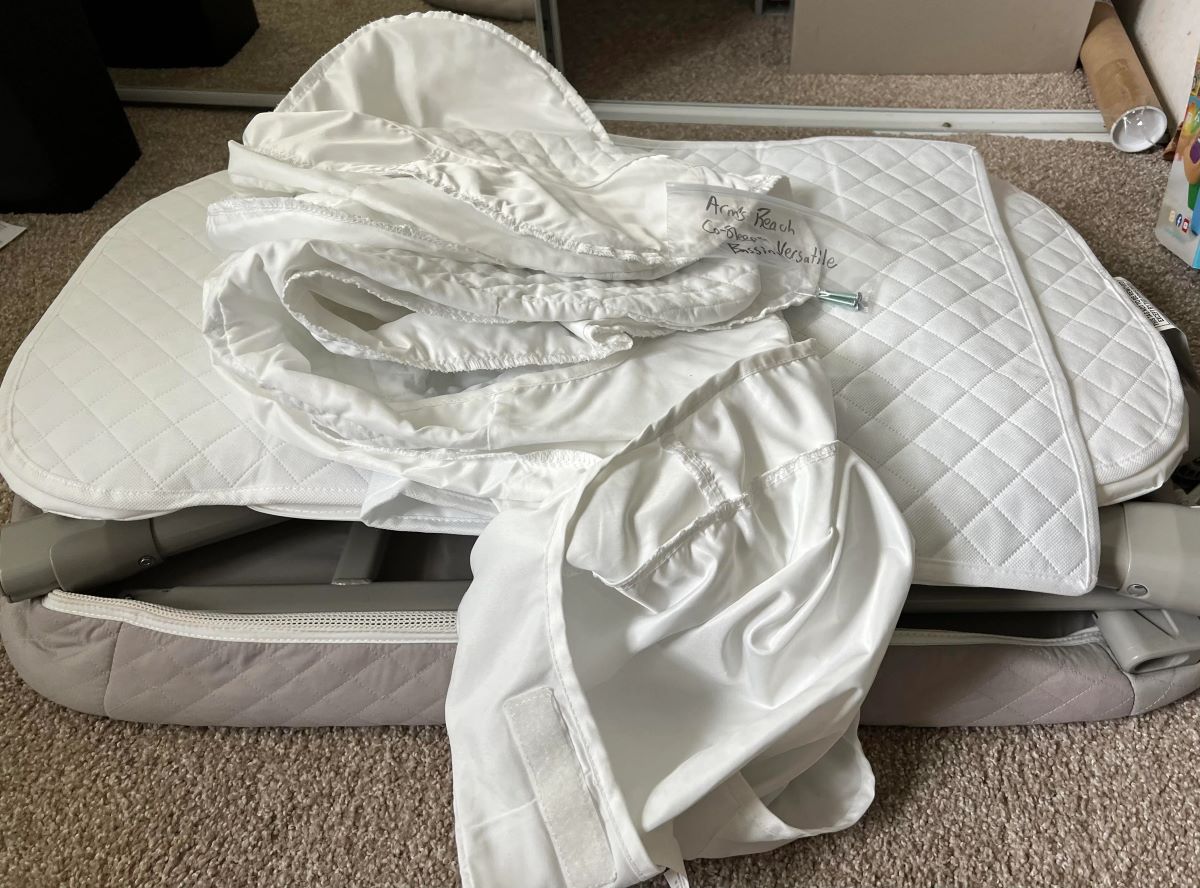
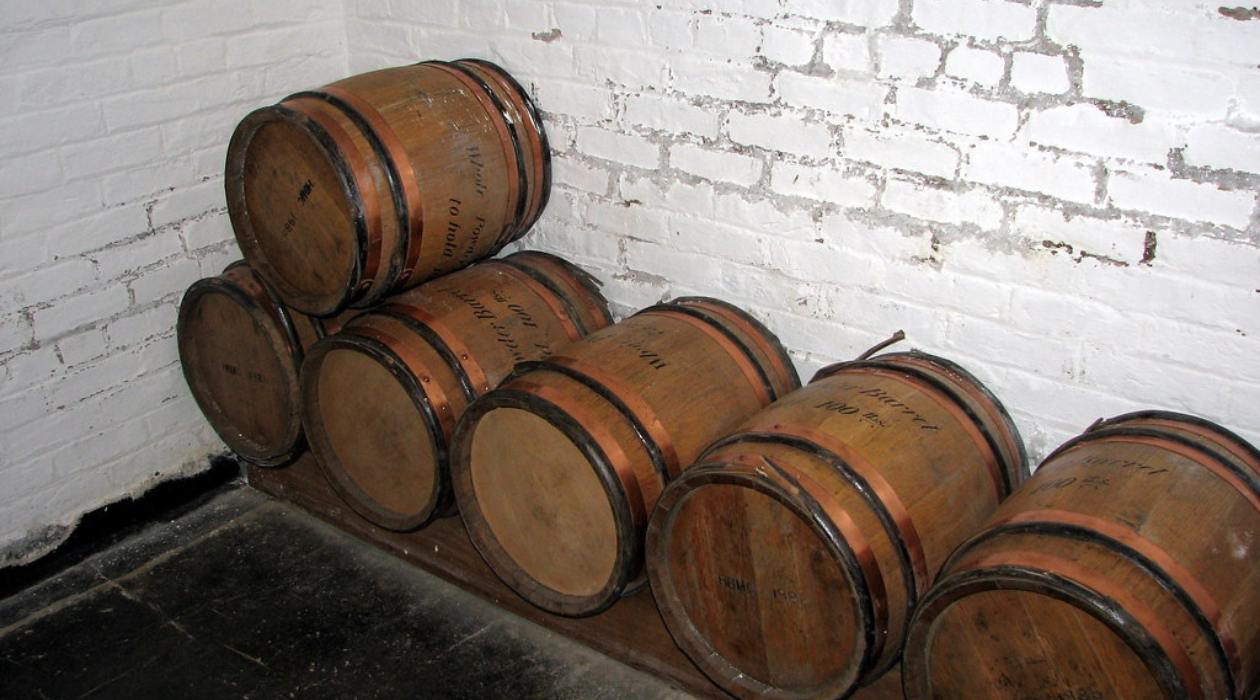



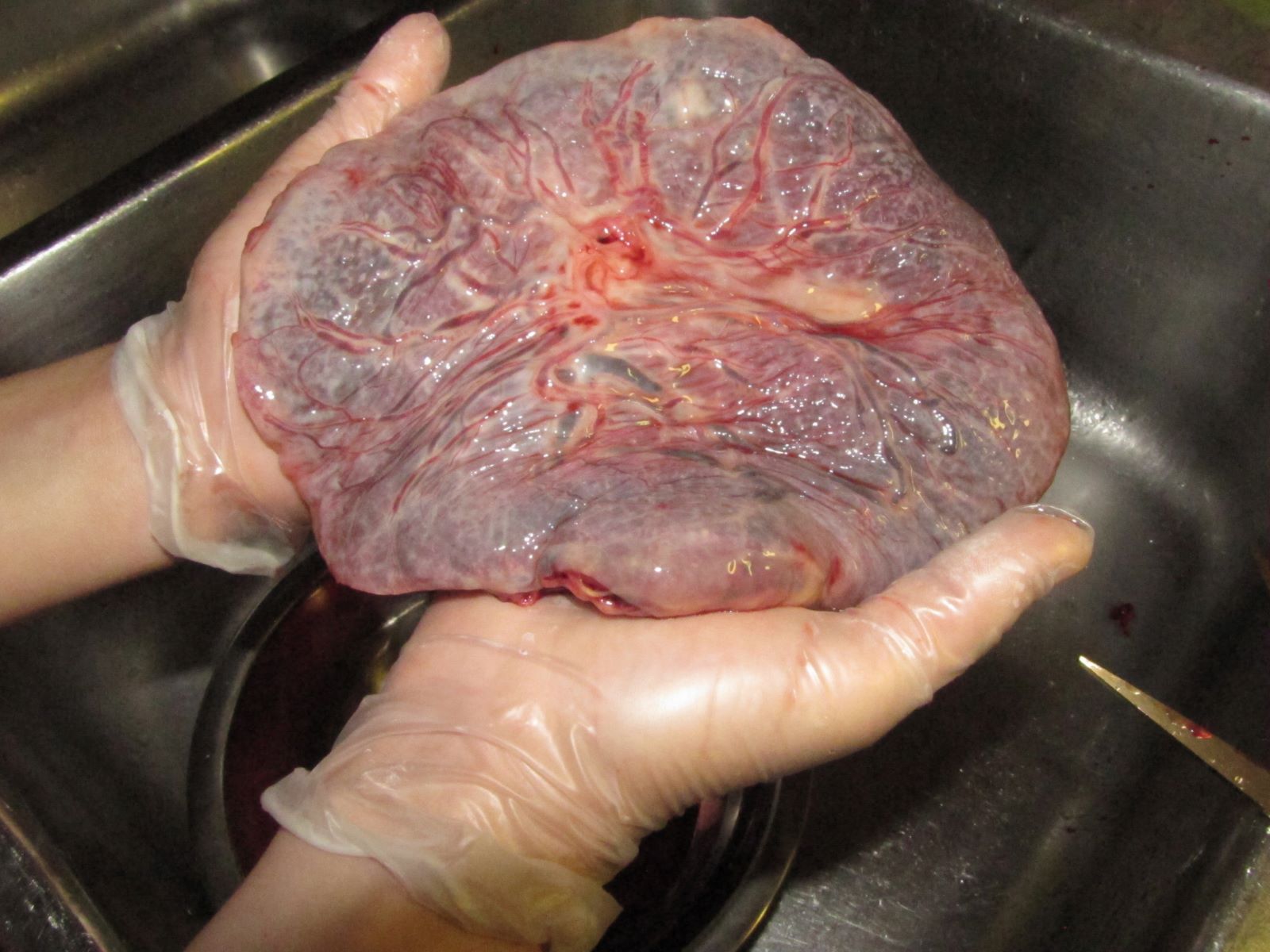


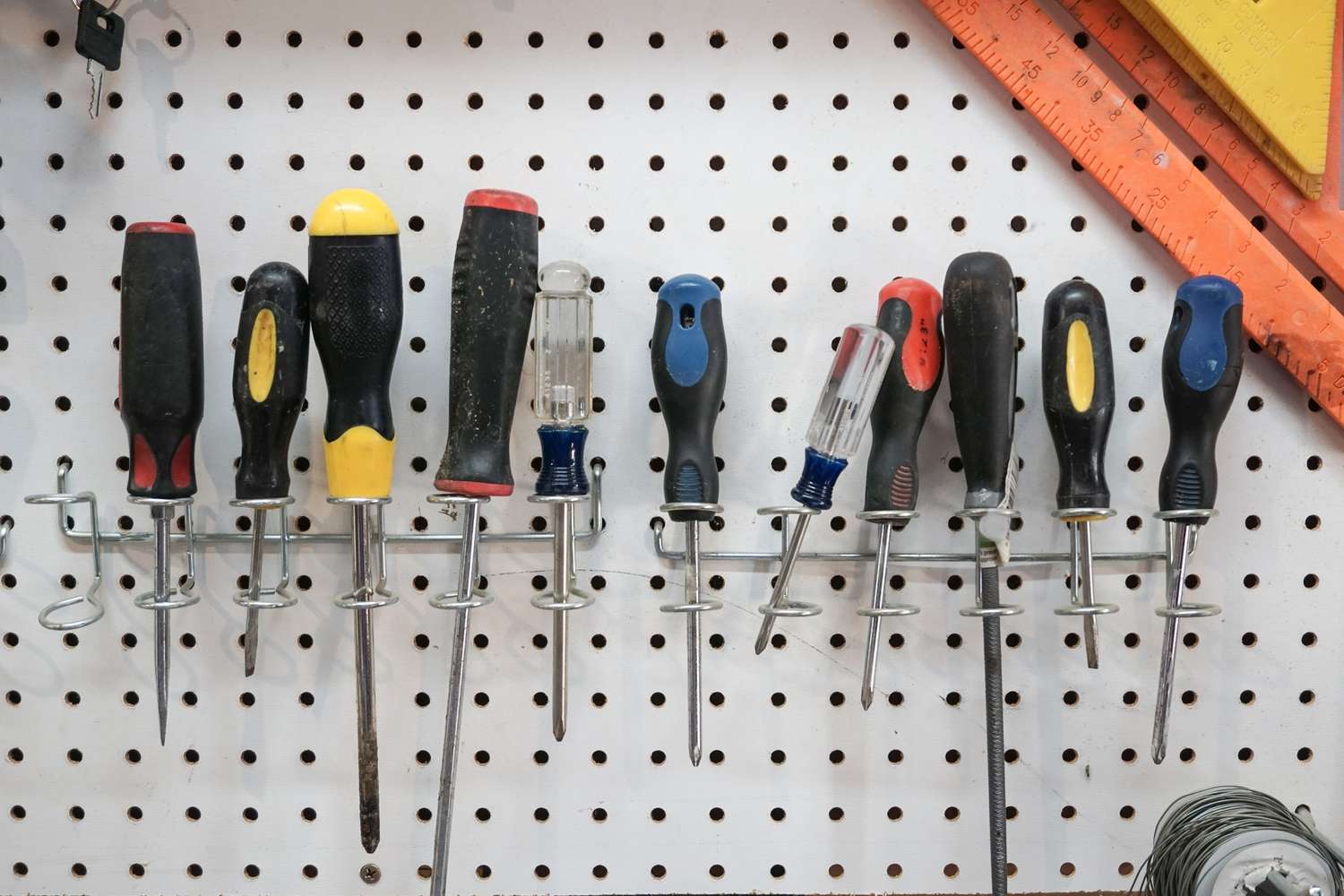
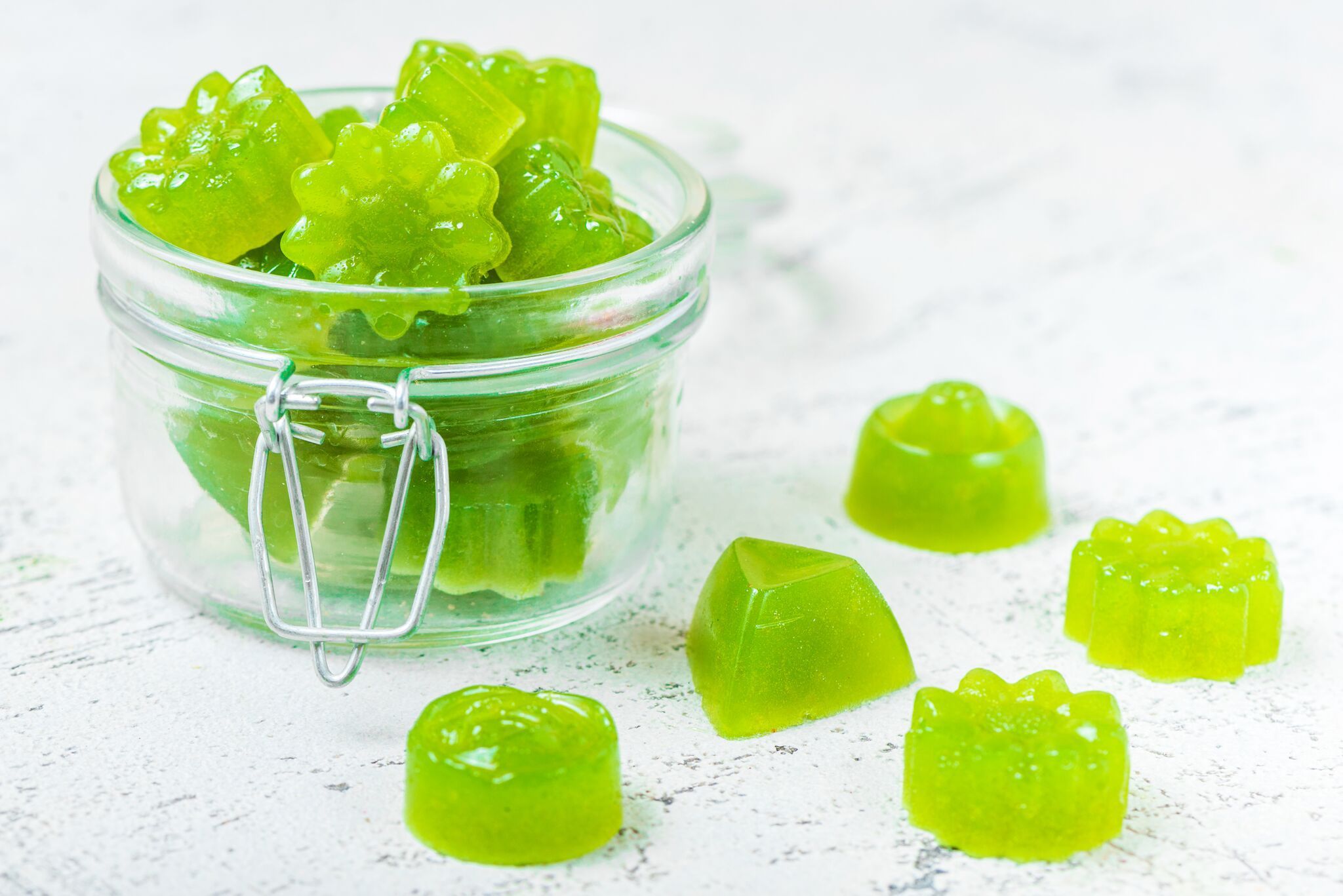
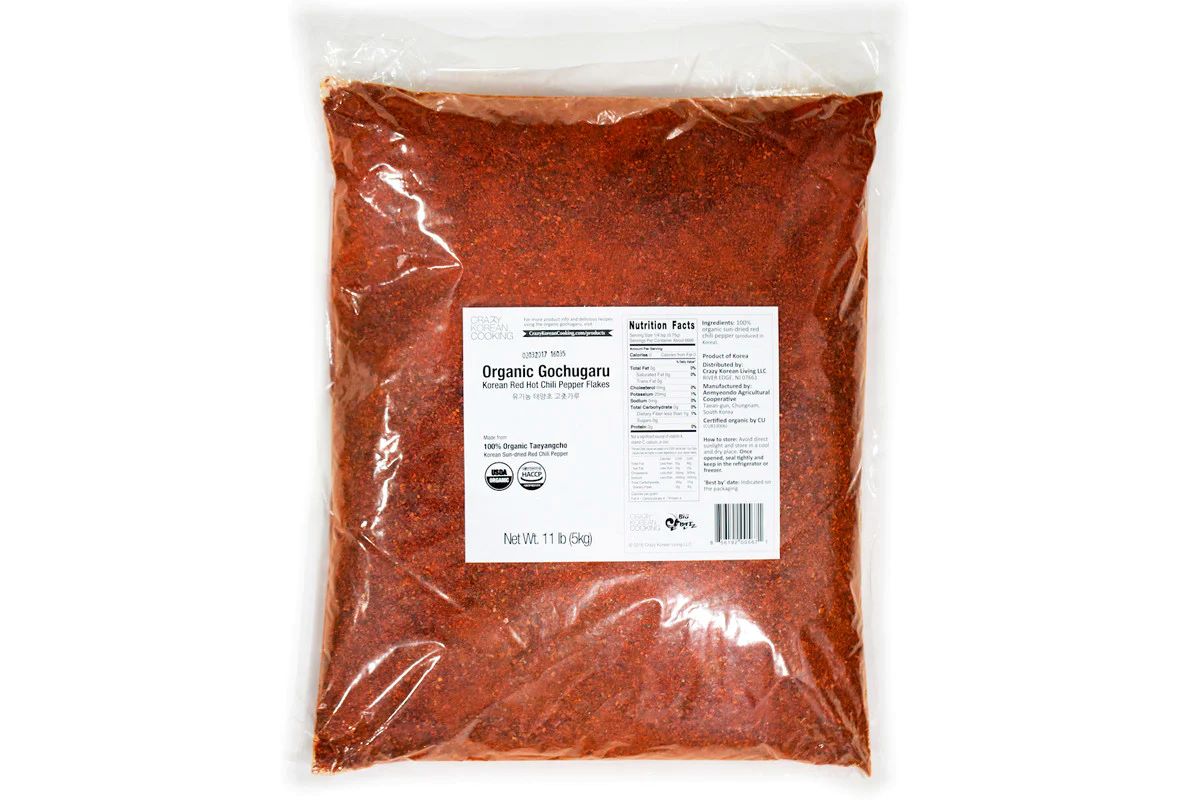

0 thoughts on “How To Store Sodium Hypochlorite”